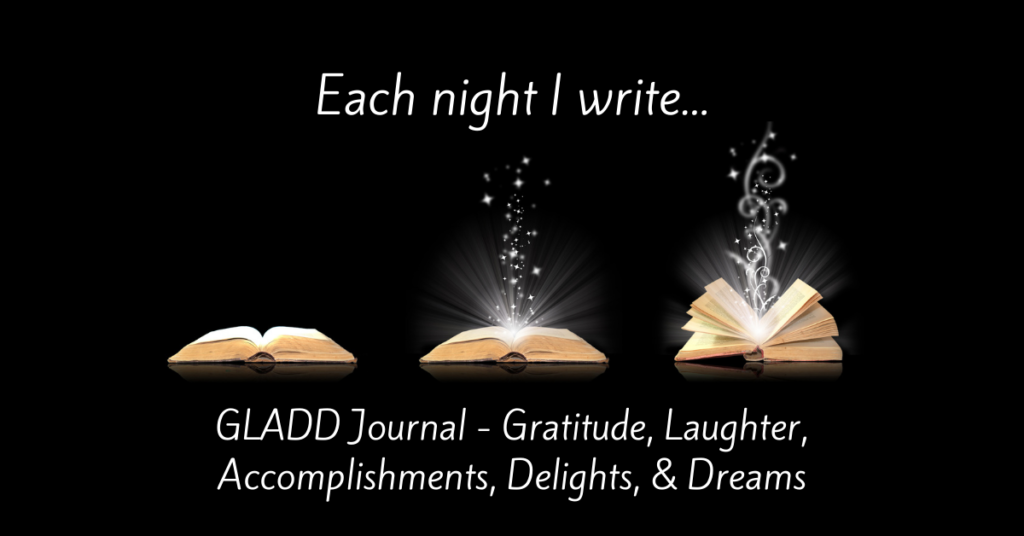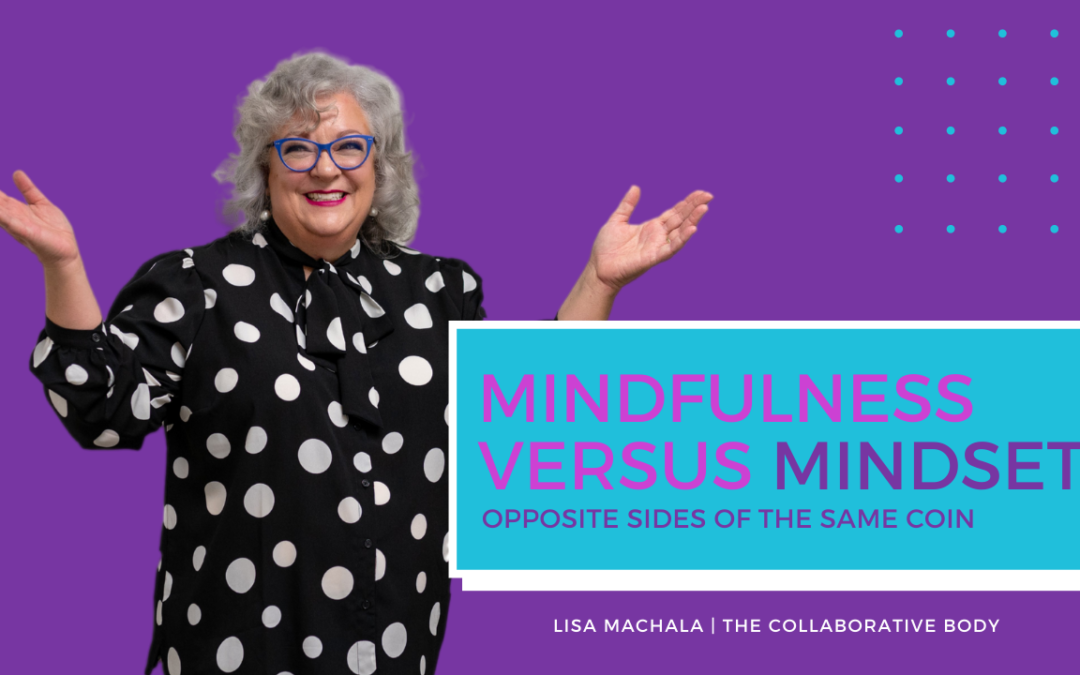Do you know the difference between mindfulness and mindset? Mindfulness and mindset are almost reversed sides of the same coin, both go a long way to helping reduce the impacts of stress in our lives.

Mindfulness is about slowing down, getting into the moment and being fully present. It’s a way to check in with the body, slowing down our breathing and thinking and being present in the moment. This can be done very successfully with something called “Fourfold Breathing” or “Box Breathing”.
Mindfulness is the opportunity to become acutely aware of our environment, our bodies, and our thoughts and feelings. When we create this awareness, we can separate ourselves from our thoughts and feelings and observe them with objectivity and even curiosity. Mindfulness enables us to pause and reflect. When we do this, we create space for new possibilities.
For example, when we are feeling a depleting emotion like anger, frustration, or guilt, we can pause and observe ourselves. Mindfulness questions we can ask ourselves include: Why am I feeling this way? Will this matter be important in a week, month or year? Do I have all the information I need about this situation to make a good decision? Is this my responsibility? Do I have the power to change this right now? Am I mentally and emotionally prepared to take action that will be positive and productive? Is there another way of looking at this subject?

When we pause, observe and express curiosity often two things begin to happen – our depleting emotion shifts to something more neutral or even positive. And this is a much better place to to make decisions from. Secondly, the situation itself begins to look different to us. We may decide the matter can be deferred, or our curiosity creates an opportunity for a more creative response, or we determine it’s not our responsibility to act, and we can release the pressure from ourselves.
The other piece of the equation is mindset. Mindset is where we actively curate our thoughts for better outcomes. When we talk to ourselves negatively, we produce depleting emotions. These depleting emotions add stress to our systems and keep us unregulated and out of balance and coherence.
Many of us have a series of inner critic recordings playing in the background of our lives and whenever things don’t go as planned, the critic becomes very present. Once we let the inner critic take over the dialog we end up in a negative feedback loop – in other words, negative thinking leads to negative emotions and negative emotions lead to more negative thinking. The negativity is demotivating, an energy waster and a source of stress.
Reality check: think back on some of the harshest critical remarks you make to yourself regularly. Would you be ashamed to say the same thing to a loved one in public? Would you say these things to a child or a dear friend? If it makes you sick to your stomach to think of that, you are letting your toxic inner critic abuse you.
The good news is, when we flip the script, and break the negative cycle, and we empower ourselves with a more effective mindset.
When we use mindfulness to pause and observe our thoughts and emotions, we have an opportunity to create another way of thinking that is empowering and renewing.
This is the essence of mindset – consciously choosing to curate positive thoughts that neutralize negative ones.
Here are a few quick ways to create and curate your new library of positive mindset tapes.
- Create a list of every accomplishment and achievement you have made since birth. Acknowledge every skill developed, even those that seem mundane. Make it a game to add to the list every week or month.
- Create a list of the attributes, skills, and characteristics you most like about yourself. Keep adding to this list. If you’re stuck, ask your allies and loved ones what they love and admire most about you.
- Reframe a negative into the possibility of positive. For example: instead of ‘I suck at this’, you could say: ‘I am developing a new skill, and I will get more capable over time’. Or ‘I am not defined by what I cannot do, I am defined by what I can do’.
- Develop a habit of gratitude and compassion. These are two important renewing emotions that help us move away from emotional depletion and towards resilience. The GLADD journal is a great mindfulness practice that can activate this habit.
Mindfulness is a passive practice that allows us to pause and observe (our habitual thoughts) with curiosity. Mindset is the active practice of identifying depleting thought patterns and replacing them with positive thoughts that are more supportive and compassionate of ourselves. Mindset is curating a library of renewing emotions and thoughts that reduce our stress and create emotional resilience.

If you’d like to know more about reducing stress, I invite you to check out my podcast “The Art of Living Well”. There are some great exercises on “Four-Fold Breathing” and other mindfulness exercises that can help you reduce your stress.


